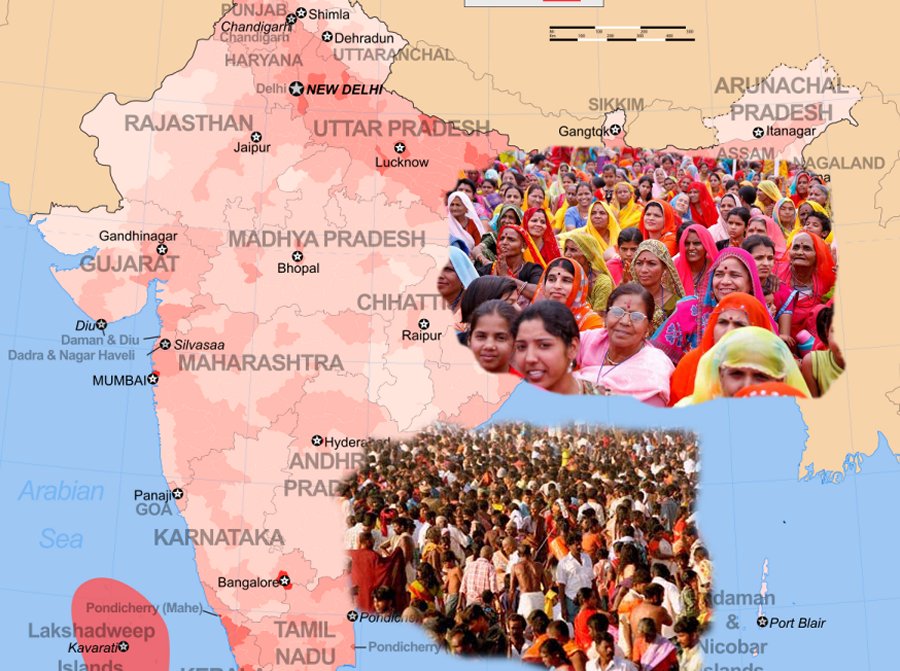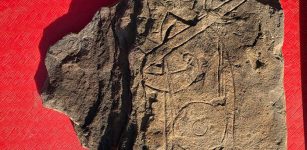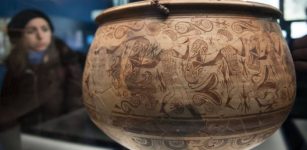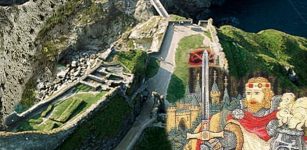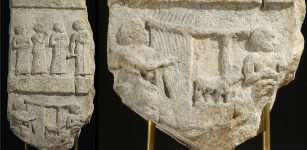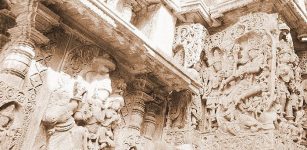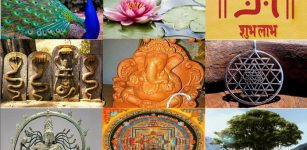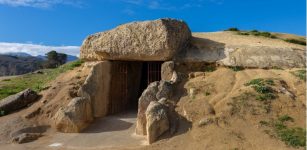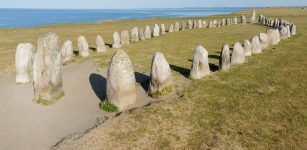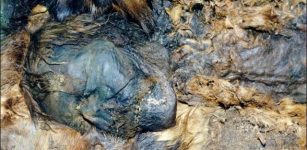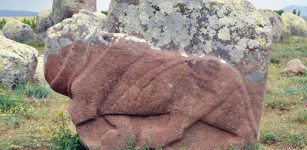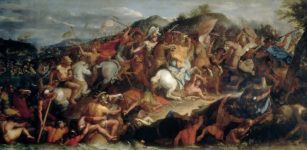People Of India In Focus: Where Did They Come From?
AncientPages.com - Where did the earliest Indians come from? This subject has been long debated among researchers.
The Indian Subcontinent is a great place of languages, cultures and religions: it is also a place that harbors huge genetic diversity. Scientists have now identified migrating humans from Africa, Iran and Central Asia over a period of 50,000 years.
Due to a lack of sources in form of preserved skeletal remains that can provide ancient DNA samples, researchers have instead concentrated their work on people who live in the Subcontinent today.
The results of the study conducted by Marine Silva, an archaeogeneticist and doctoral student at the University of Huddersfield, suggest Indian was populated by a series of migrations from Africa, the Middle East and Central Asia.
The earliest populations were hunter-gatherers who arrived from Africa, where modern humans arose, more than 50,000 years ago.
Further waves of settlers arrived from the direction of Iran, after the last Ice Age ended 10-20,000 years ago, and with the spread of early farming.
These ancient signatures are most clearly seen in the mitochondrial DNA, which tracks the female line of descent. But Y-chromosome variation, which tracks the male line, is very different. Here the major signatures are much more recent.
Most controversially, there is a strong signal of immigration from Central Asia, less than 5,000 years ago.
These Bronze Age people were Indo-European speakers who populated the grasslands between the Black and Caspian seas.
These male-dominated, roaming pastoralists domesticated the horse and spoke an early language, which eventually became Sanskrit, the language of classical Hinduism -- which more than 200 years ago linguists showed is ultimately related to classical Greek and Latin.
AncientPages.com
Expand for references
